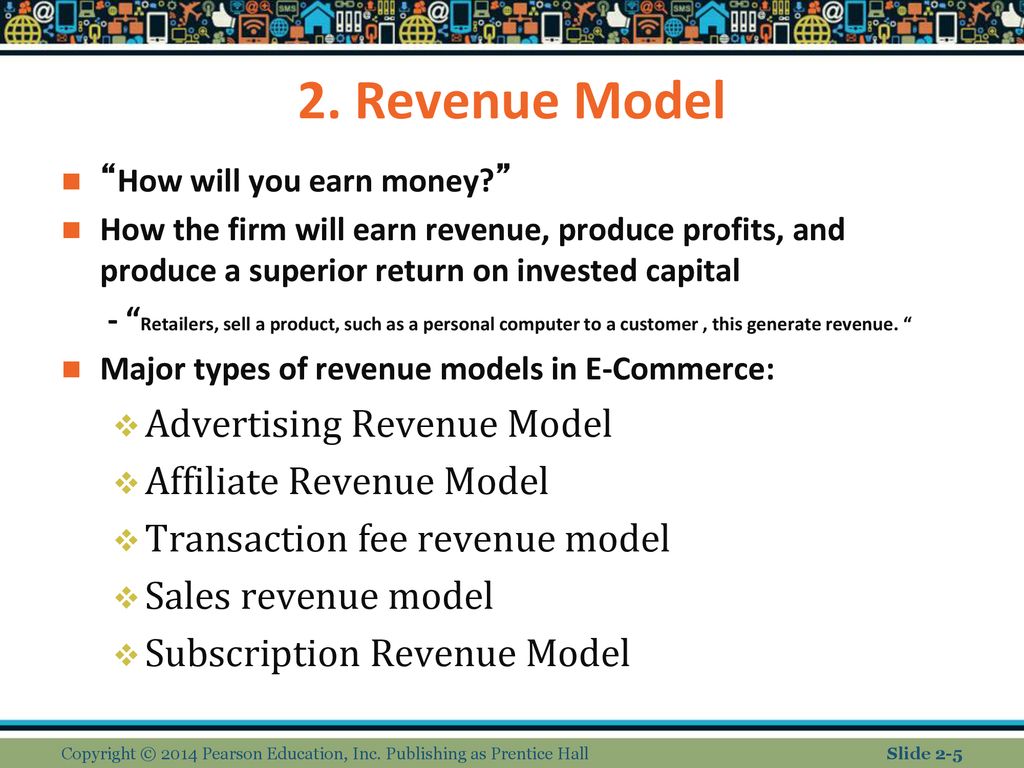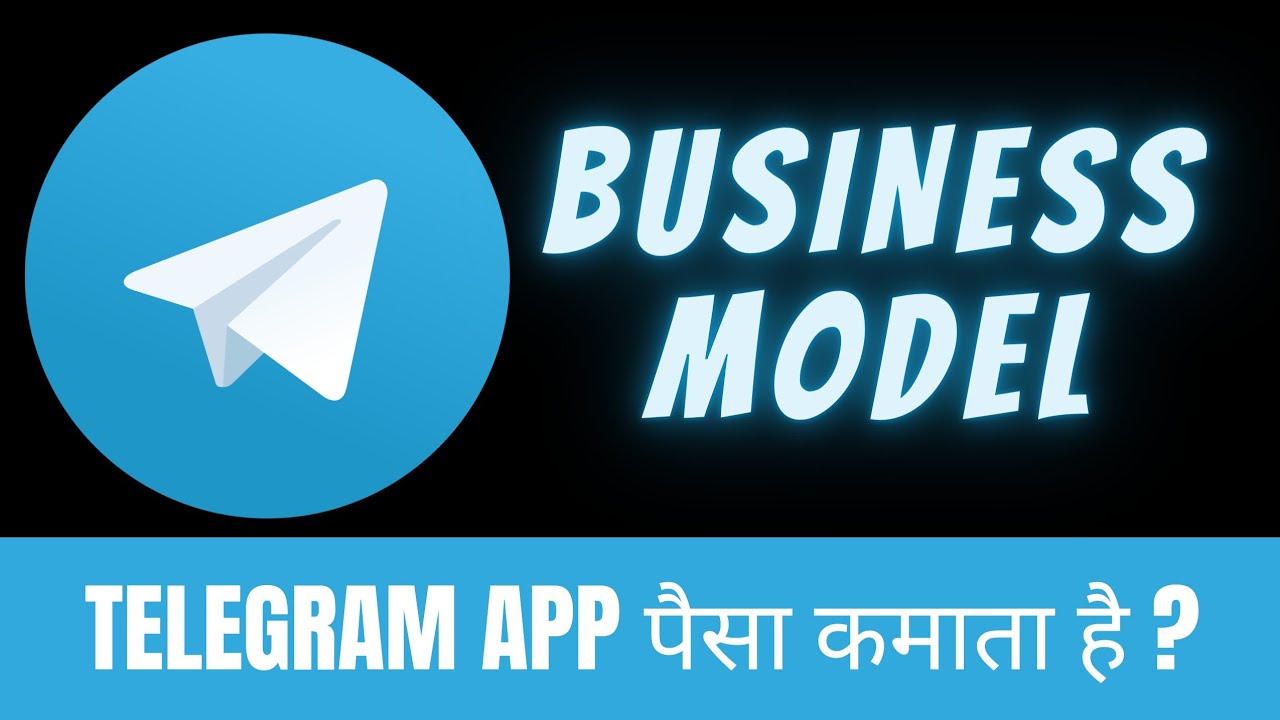Have you ever wondered how Telegram operates without bombarding you with those pesky ads? It's quite fascinating! In a world where most platforms rely heavily on advertisements for revenue, Telegram takes a path less traveled. Let’s dive into how this messaging app manages to thrive on its own, and discover the different strategies it employs to ensure sustainable growth without relying on ads.
The Unique Approach of Telegram

Telegram’s approach to generating revenue is quite innovative, setting it apart from many other messaging services. Instead of relying on advertisements, Telegram focuses on privacy, user experience, and premium services. Here’s a closer look at their unique strategies:
- Subscription Model: Telegram introduced a subscription service called Telegram Premium. This service offers additional features, such as faster downloads, voice-to-text conversion, and the ability to follow more channels. Users who crave more advanced functionalities often see value in opting for this premium tier.
- Donations and Crowdfunding: Telegram has, on multiple occasions, turned to its users for financial support, especially during its early stages. By maintaining an open line for contributions, they build a loyal community that feels invested in the platform’s success.
- Partnerships and Collaborations: Partnering with businesses and organizations can drive revenue without compromising user experience. Telegram collaborates with various service providers, creating mutually beneficial arrangements that enhance user engagement.
- Future Monetization Plans: While Telegram currently remains ad-free, they are exploring potential revenue streams, such as sponsored messages in channels. However, these plans are designed thoughtfully to maintain user trust and satisfaction.
In essence, Telegram’s unique strategy focuses on offering value to its users while fostering a community-driven model that contributes to its sustainability. It’s a refreshing change from the ad-centric models that dominate the digital landscape, and this differentiation could be key to Telegram's future success.
Key Revenue Streams

When we think about Telegram and how it generates revenue, one might instinctively assume that advertisements play a central role. However, Telegram has taken a different route, focusing on innovative alternatives that align with its user-centric philosophy. So, what are these key revenue streams that keep the platform thriving?
Let’s break it down:
- Donations and Crowdfunding: Telegram co-founder Pavel Durov has often emphasized the platform’s commitment to free, ad-free communication. To support this model, Telegram invites its community to contribute through donations. Crowdfunding initiatives allow users to directly support the platform’s sustainability.
- Business Solutions: Telegram offers premium features tailored for businesses. These tools are crafted to enhance communication and user engagement. By providing a suite of services that cater to businesses, Telegram generates revenue without compromising the user experience.
- Data Storage and Cloud Features: Telegram’s cloud-based message storage is another key revenue stream. Premium services around cloud storage, improving accessibility and usability, help users and organizations alike manage their data more effectively.
- Partnerships and Integrations: By forming partnerships with businesses and brands, Telegram has the potential to monetize through integrated services and promotional campaigns that resonate with users, ensuring a seamless experience.
In essence, Telegram’s revenue model is a blend of community support and smart business solutions, allowing it to flourish in a competitive landscape without relying on ads.
Premium Features and Subscriptions

In an era where premium services are becoming the norm, Telegram is no exception. The messaging platform has introduced premium features that provide users with enhanced functionalities while still keeping the core service free for everyone. Let’s dive into what these premium features entail:
| Feature | Description |
|---|---|
| Increased Limits | Premium users enjoy higher limits—like the ability to join more channels or maintain larger groups—which is indispensable for avid users and businesses. |
| Enhanced Media Sharing | More options for sharing media files like larger file uploads, making it easier to collaborate and share rich content. |
| Custom Emojis | Access to a broader range of custom emojis enables richer communication, adding a fun and personal touch to interactions. |
| Improved Chats | Premium members can enjoy features such as ad-free chat experiences and additional options for chat management. |
By introducing premium features and subscription options, Telegram creates a symbiotic relationship with its users, offering enhanced experiences while contributing to the platform's sustainability. This non-intrusive, ad-free revenue model fosters loyalty and satisfaction among its user base, setting it apart from many other social platforms.
Partnerships and Collaborations

When it comes to understanding Telegram's revenue model, one key element to consider is its partnerships and collaborations. Telegram has always opted to maintain a strong, independent stance regarding its business operations, yet it actively seeks collaborations that enhance its platform while generating potential revenue streams.
Some significant partnerships may include:
- Integration with third-party services: Telegram often integrates with various applications and services, allowing users to enhance their messaging experience. These partnerships can lead to revenue sharing models, where Telegram earns a commission on transactions initiated through its platform.
- Collaborations with content creators: Telegram has a unique opportunity to partner with creators, influencers, and channels that draw massive audiences. These collaborations can be monetized through premium content offerings, special channels, or even merchandise sales.
- Strategic alliances with tech companies: Working with tech firms on joint projects or innovations can open up new monetization methods. For instance, partnering with fintech companies for secure payments within the app can result in fee generation.
Another notable aspect is how these partnerships contribute to user retention and attraction. By ensuring that users have access to a variety of services from trusted providers, Telegram fosters a rich ecosystem that makes its platform even more appealing.
Future Financial Strategies
As Telegram continues to grow and evolve, exploring future financial strategies is critical. The platform has always maintained a user-centric approach, but here are a few potential avenues it may consider moving forward:
- Subscription Models: Telegram has already introduced premium features that users can subscribe to, and this trend may expand. Offering tiered subscription plans could appeal to diverse user needs, providing more revenue while keeping a free version accessible.
- In-app Purchases: Features such as custom stickers, themes, or enhanced privacy options could be monetized through in-app purchases. This offers users the flexibility to customize their experience while providing Telegram with a steady income stream.
- Expanded Monetization for Bots: Allowing developers to create and monetize bots could be another strategy. By incorporating a revenue-sharing model, Telegram could generate income while fostering innovation on its platform.
By focusing on sustainable financial growth without sacrificing user experience, Telegram can navigate its revenue model effectively, ensuring longevity and robust engagement in the competitive messaging market.
Understanding Telegram's Revenue Model Without Advertisements
Telegram, the popular messaging platform founded by Pavel Durov, has gained widespread attention for its privacy-centric approach and robust features. Unlike many social media and messaging platforms, Telegram does not rely on advertisements as a primary revenue source. This begs the question: how does Telegram generate revenue?
Telegram's revenue model can be broken down into several key components:
- Premium Subscription: Introduced in 2021, Telegram Premium offers additional features for a monthly fee. Users can access exclusive features such as increased limits on file uploads, voice chat capabilities, and enhanced customer support.
- Telegram Bots and API: Developers can use Telegram's API to create bots and integrate other services. Telegram offers paid features for high-demand bots, allowing businesses and developers to generate revenue while using the platform.
- Funding Through Donations: Telegram has a strong commitment to privacy and independence from advertising revenue. Pavel Durov has funded the app out of his own pocket, and the platform relies on user donations to support its development and operations.
- Future Monetization Plans: While Telegram avoids advertisements for now, the company has hinted at additional approaches, like offering premium tools for businesses, which could provide future revenue streams.
| Revenue Source | Description |
|---|---|
| Premium Subscription | Monthly fee for enhanced features. |
| API and Bots | Paid tools for developers and businesses. |
| Donations | User contributions to support development. |
| Future Plans | Potential premium tools for businesses. |
In conclusion, Telegram's revenue model is innovative, focusing on subscription services, developer tools, and community support while maintaining an ad-free user experience. This strategic approach not only preserves user privacy but also fosters a loyal user base that appreciates the platform's unique value proposition.










